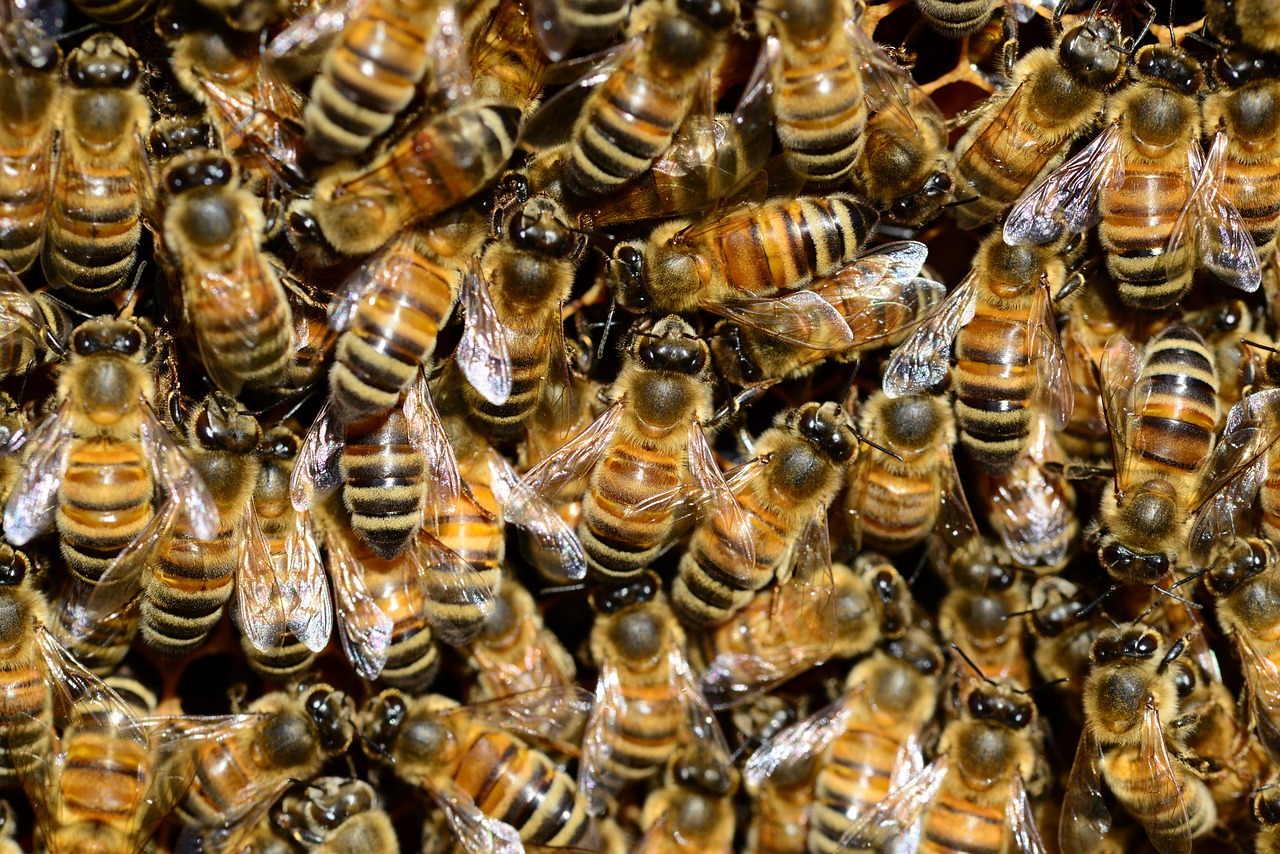
OTTAWA — The federal government is giving farmers three years to figure out what pesticides they can use to protect their crops from aphids and mites, but some say they aren’t convinced about the alternatives.
Health Canada confirmed plans Wednesday to gradually phase out two of the three nicotine-based pesticides — neonicotinoids, also known as neonics — that are currently approved for use in Canada. Plans to phase out the third have already been announced.
Testing by the Pest Management Regulatory Agency found the buildup of the chemicals in groundwater was approaching levels dangerous to aquatic invertebrates like midges and mayflies, which are important food sources for fish and birds.
Health Canada began studying the pesticides in 2012 amid concern they were contributing to the collapse of honey bee colonies, but it was the impact on aquatic invertebrates — a study that began in 2016 — that led to Wednesday’s decision.
It’s frustrating that Canadian scientists aren’t reaching the same conclusions about the impact on bees as their European counterparts, said John Bennett, senior policy adviser at Friends of the Earth Canada. But a ban on neonics is good news no matter how it comes about, he added.
“It looks like the mayfly is going to save the bees,” Bennett said.
Bee farmers in North America and Europe started reporting unusually high losses of bees more than a decade ago, and eventually researchers began linking those deaths to neonics. A task force at the International Union for Conservation of Nature last year updated a comprehensive review of more than 1,100 peer-reviewed research studies on neonicotinoids and concluded there was no doubt they harm bees.
Not all bee farmers believe neonics pose a huge risk. Rod Scarlett, executive director of the Canadian Honey Council, said losses in eastern Canada have been much higher than those in the West.
Europe is phasing out neonics at the end of this year. The United States has yet to make a decision.
Scott Kirby, the pest management agency’s director general of environmental assessment, said the neonics will be phased out in 2021 for any products that have an existing alternative, and in 2023 for those that do not.
The alternatives were tested when they were approved and all approved pesticides are re-examined every 15 years, he added.
But Ron Bonnett, president of the Canadian Federation of Agriculture, says he’s not convinced the alternatives will be better, particularly since some of them have to be applied in much larger quantities to achieve the same result.
“It’s not that we’re tied to any one type of product, but this was the tool that was working very well — and we thought it was less toxic,” he said.
The government has established a 90-day period to give stakeholders a chance to weigh in on the measure.